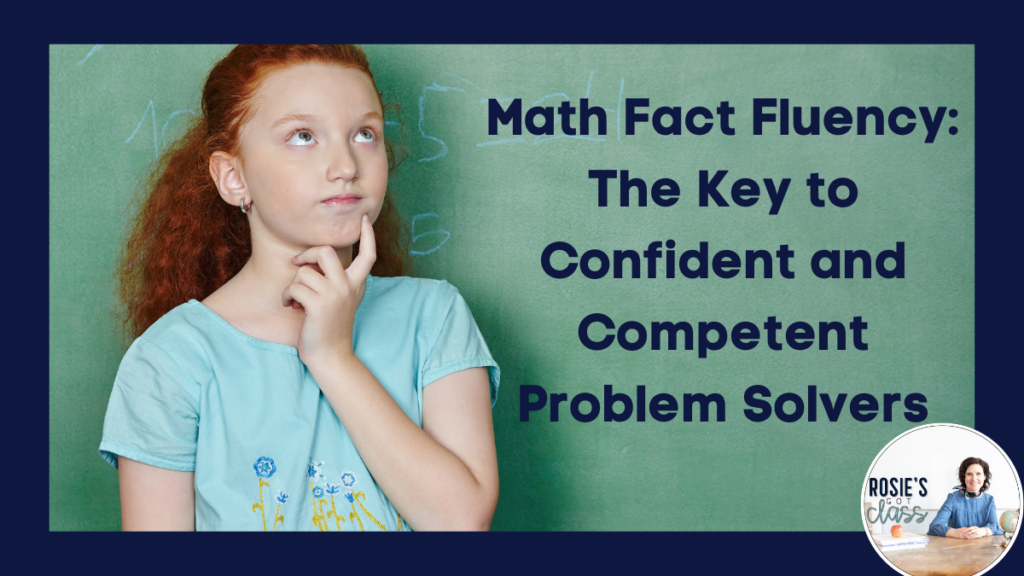
Math fact fluency is essential for students in today’s fast-paced world to build a solid foundation in math. This means children are able to solve math equations efficiently, accurately, flexibly, and appropriately. Many people mistakenly misunderstand what fluency truly means and think it means only answering a math equation quickly and correctly. When we include all four parts in our definition, children are able to develop true fact fluency.
Have you ever considered using a classroom transformation as a way for your students to practice math facts? They can practice their addition and subtraction facts within 20 in this engaging Zoo Classroom Transformation. It is printable and digital, and it is perfect for your classroom. Type your name and email in the boxes, and it will be in your inbox today!
What is Math Fact Fluency?
Math fact fluency involves more than just rapid recall of facts. It includes a deeper understanding of numbers and operations which allows students to approach problems with flexibility and confidence. This means they can use a variety of strategies to solve equations. They can adapt their methods when needed and apply their knowledge in different contexts.
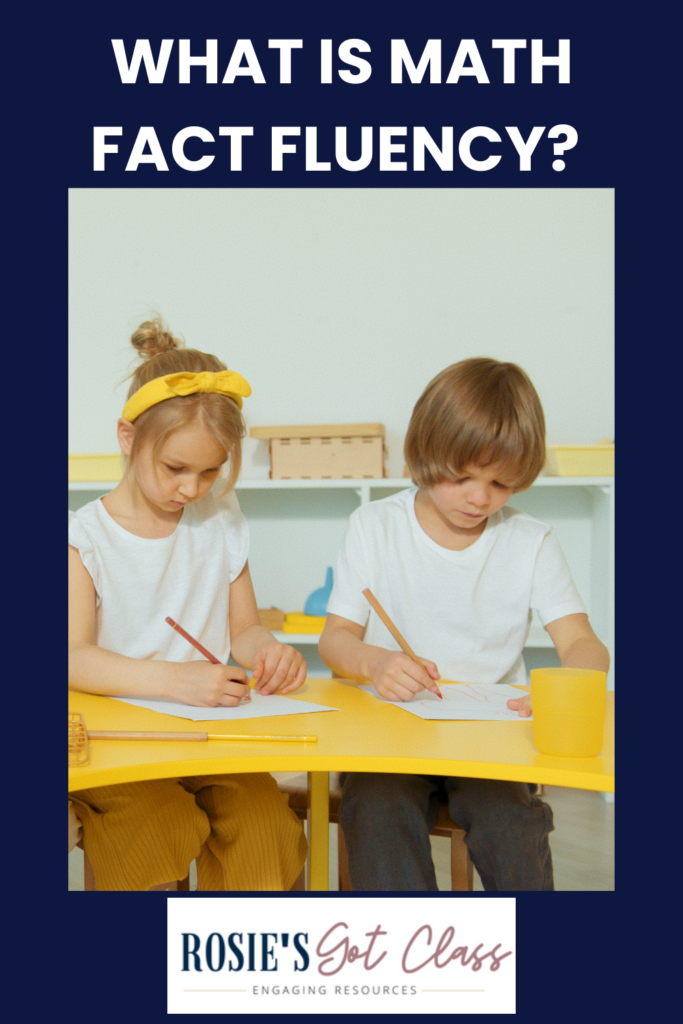
The Limitations of Traditional Methods
For many years flashcards and timed tests have been the go-to tools for developing math fluency. I will admit that I have used both methods, but I have also tried to expand my routines to help my students since math fact fluency research shows that these methods may not be as effective as once believed.
Flash Cards and Drill Practice:
While flashcards can help with memorization, they often fail to promote a deep understanding of mathematical concepts. According to fluency research, relying solely on flashcards and repetitive drilling can lead to superficial learning. Students might memorize answers without understanding the principles which makes it difficult for them to apply their knowledge in new situations. Let’s be honest that they also aren’t really fun.
Timed Tests:
Timed tests have been a staple in assessing math fact fluency. Research shows that these tests can induce anxiety and stress which may affect a student’s ability to think clearly and accurately. Timed tests emphasize speed over understanding which can be a problem for students who need more time to process information and develop problem-solving strategies.
Effective Strategies for Building Math Fact Fluency
To foster true fluency, teachers should consider a variety of approaches that promote understanding, flexibility, and confidence. Here are some research-backed strategies that can help:
Play Math Fact Fluency Games:
Using games as math practice can make learning fun and engaging. Math fact fluency games encourage students to practice their skills in a fun and low-pressure environment. Teachers can create their own math fact fluency games that are planned according to their students’ needs. Games like “Bingo,” or “Memory” provide opportunities for repeated practice without the stress of flash cards or timed drills.
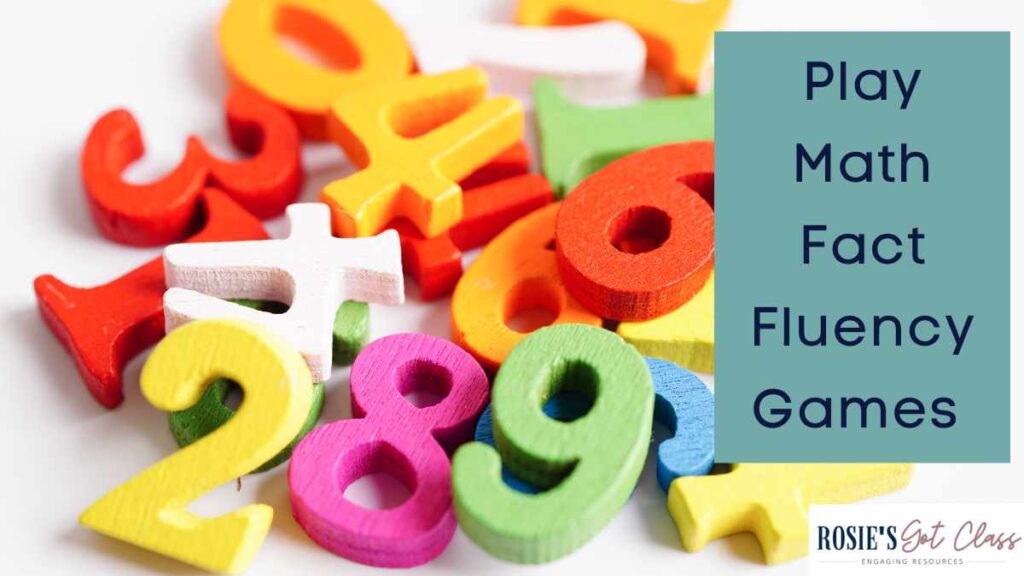
Use Concrete, Representational, and Abstract Models:
Building problems through concrete, representational, and abstract (CRA) models helps students develop a deeper understanding of mathematical concepts. In the concrete phase, students use physical manipulatives to explore math facts. In the representational phase, they transition to drawing models or using visual aids. Finally, in the abstract phase, they solve problems using numbers and symbols. This progression helps students make connections between different representations of math facts and enhances their overall fluency.
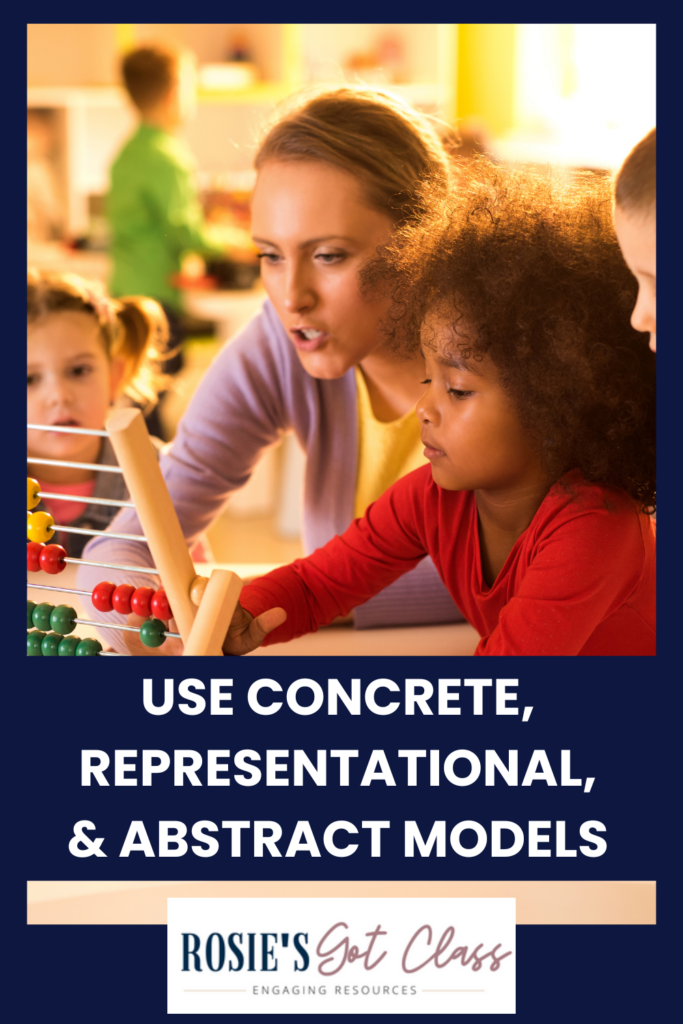
Use Manipulatives and Models:
Another effective approach to build math fact fluency is to allow students to use manipulatives and models to practice strategies. Tools such as base-ten blocks, counters, and number lines can help students visualize math facts and understand their relationships. These hands-on materials provide concrete experiences that reinforce abstract concepts which make it easier for students to develop fluency.
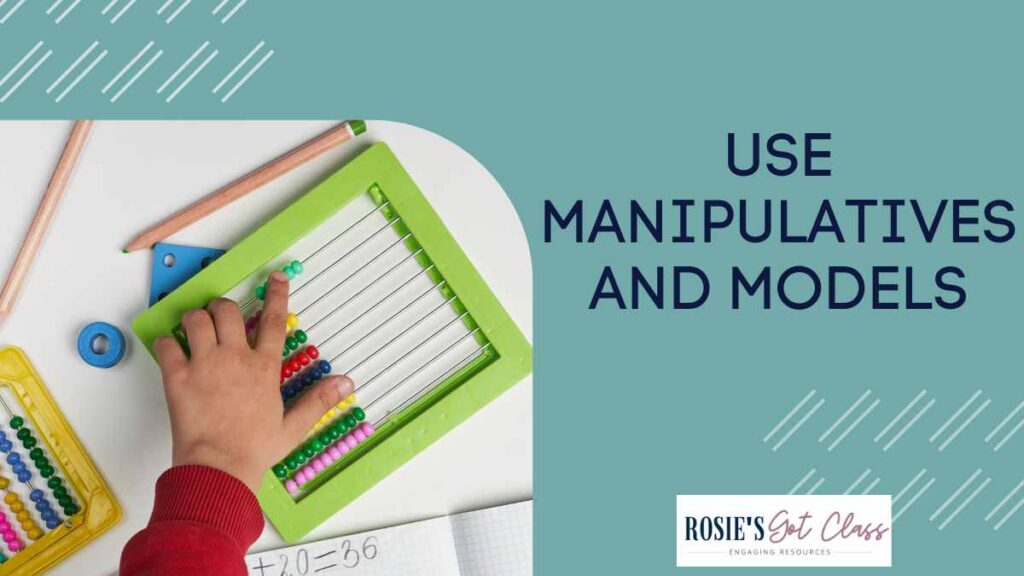
Explicitly Teach Strategies:
Teaching students specific strategies for solving math facts can boost their confidence and efficiency. Strategies such as “doubles facts,” “making ten,” and “skip counting” provide students with a plan of action to help them approach different types of problems. By explicitly teaching these strategies, teachers can empower students to choose the most appropriate method for each situation. This helps students develop flexibility and problem-solving skills.
Daily Practice:
Consistent daily practice is crucial for developing math fact fluency. Short and focused practice sessions can help students retain and build on their knowledge over time. I spend 10 minutes a day helping my students practice, and it is worth the time. If daily practice is part of your routine, it ensures that students have regular opportunities to practice the strategies you have been teaching.
Growth Mindset:
Encouraging a growth mindset is essential for fostering math fact fluency. Students who believe that their abilities can improve with effort and practice are more likely to persist when it is challenging. Teachers can promote a growth mindset by celebrating effort, encouraging risk-taking, and emphasizing the value of learning from mistakes. When students view challenges as opportunities for growth, they are more likely to engage deeply with math practice and develop true fluency.
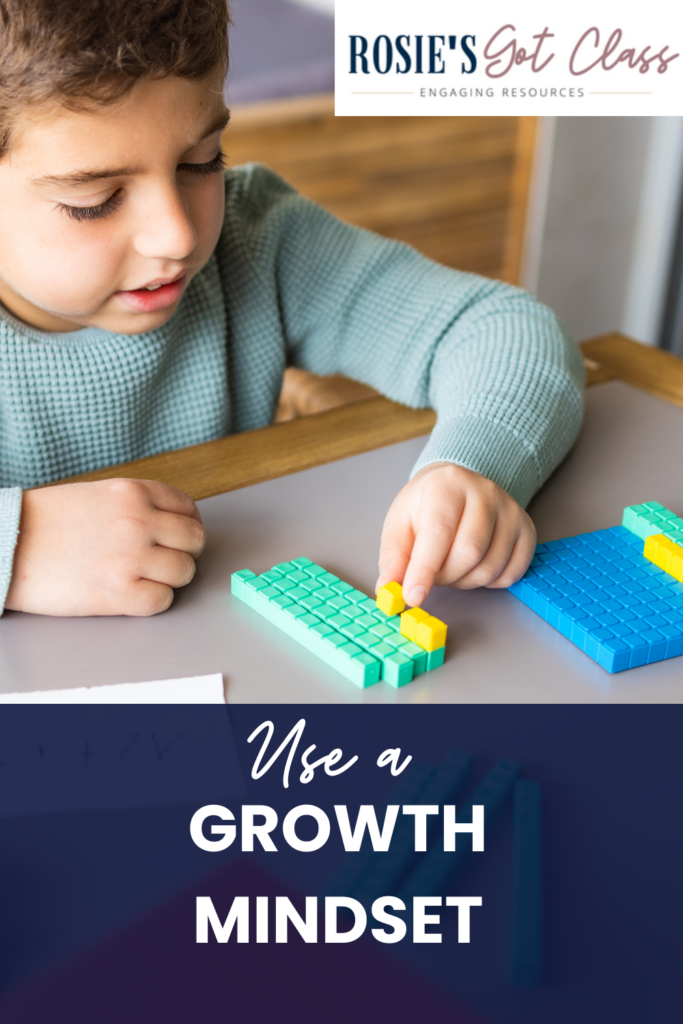
Math Fact Practice Ideas
In addition to the strategies mentioned above, there are numerous creative and effective math fact practice ideas that educators can use to enhance fluency.
Use Technology:
Educational apps and online platforms offer interactive and adaptive practice opportunities. You can use Khan Academy and Reflex Math or other programs of your choice to provide personalized learning experiences that can help students master math facts at their own pace.
Peer Collaboration:
Partnering students for math fact practice can promote collaborative learning. Students can help each other in activities such as peer teaching. You can encourage students to explain their thinking, share strategies, and learn from one another.
Family Involvement:
Encouraging families to participate in math fact practice at home can reinforce learning. Parents want to help their children, and you can send home simple fun math fact fluency games to play at home. You can also make a list of fun ways to practice math facts. This can help create a supportive learning environment outside of the classroom.
Math fact fluency is a key part of math, and it enables students to solve problems with confidence and competence. By embracing a variety of research-backed strategies, educators can help students develop a deep and flexible understanding of math facts. Through engaging games, concrete models, explicit strategy instruction, and consistent practice, students can build the skills they need to succeed in math and beyond. With a growth mindset and the right support, every student can become a confident and competent problem solver. These ideas also make learning math facts fun!
Here are some other articles you might find helpful.
6 Reasons Teachers Want Students to Be Math Fact Fluent


